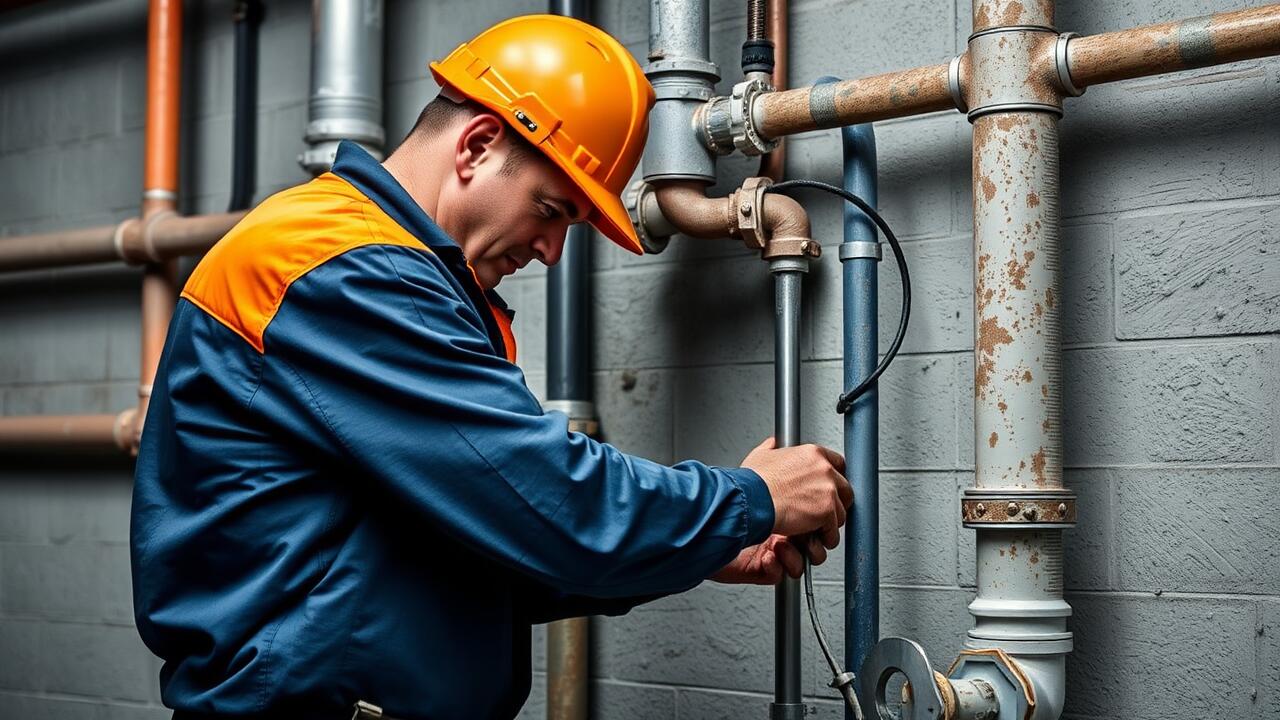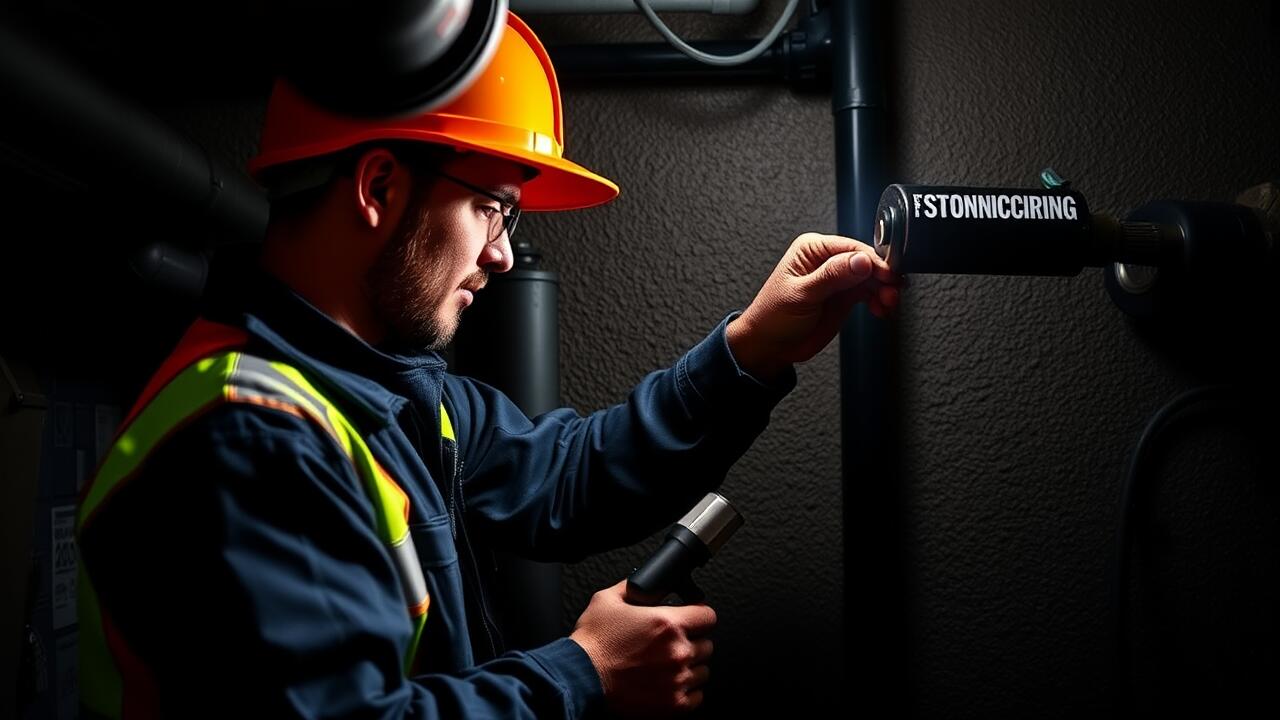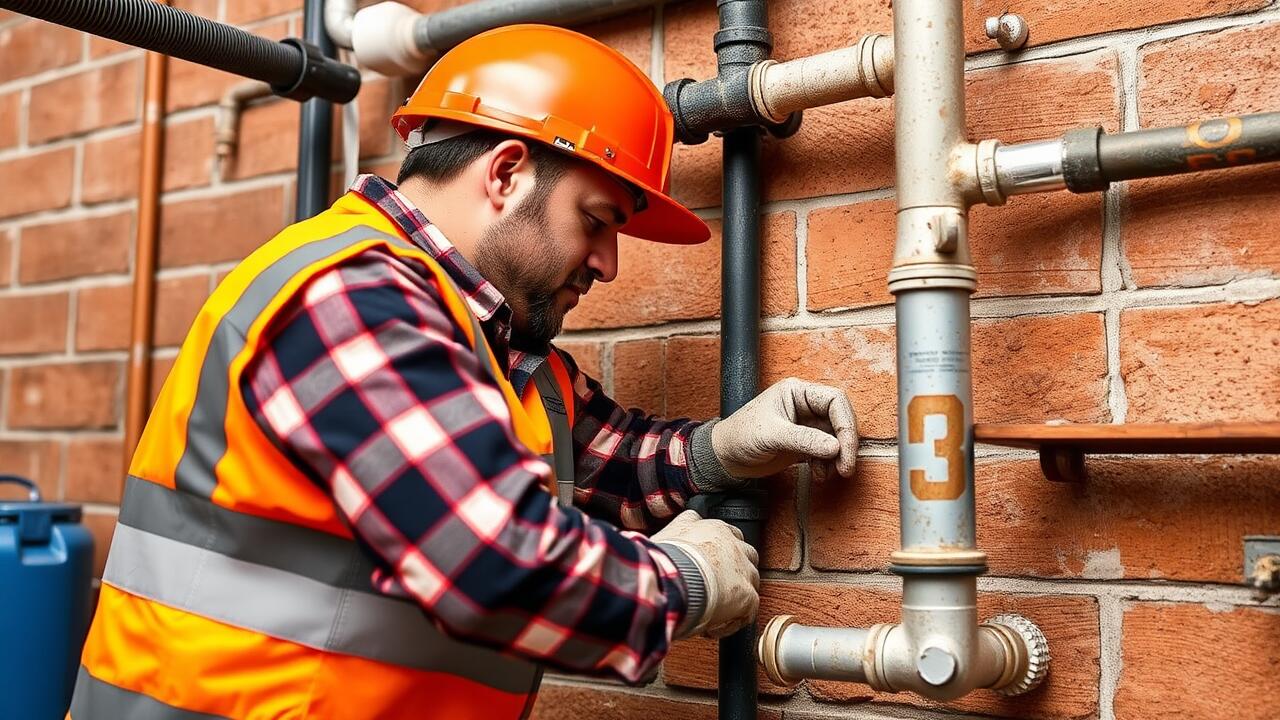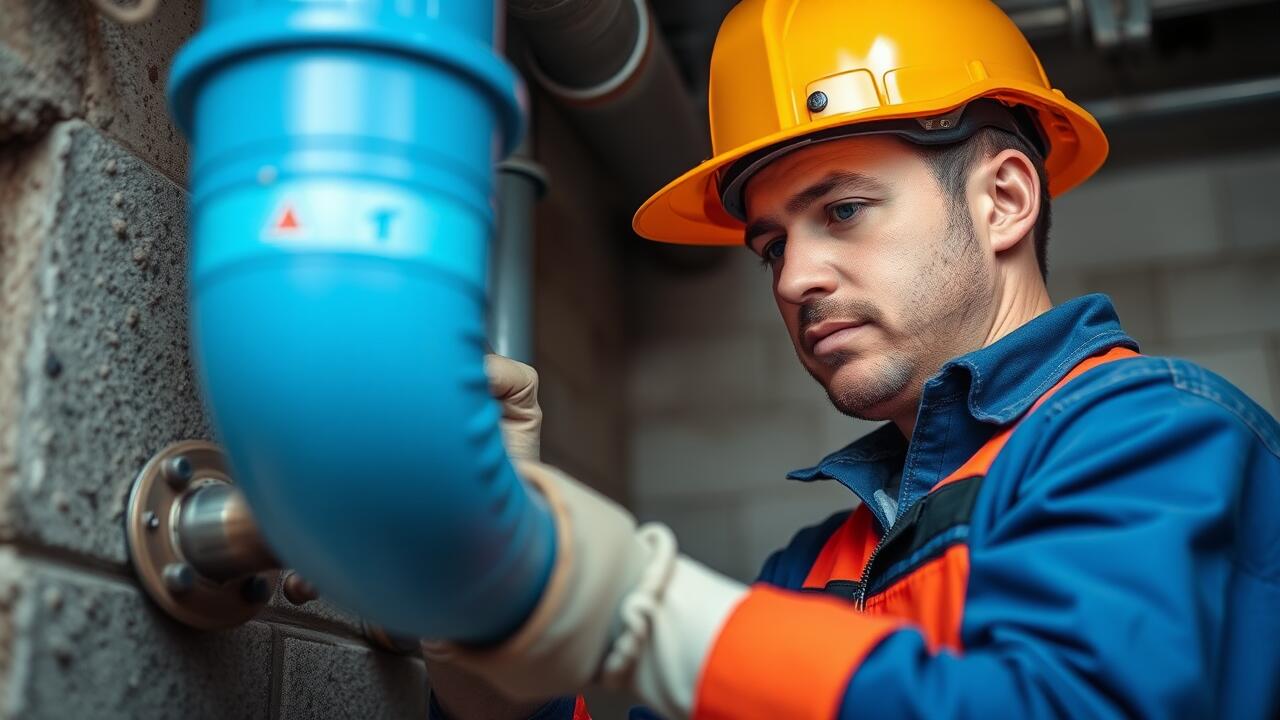
Potential Health Concerns
Some homeowners worry about potential health risks associated with PEX pipes, primarily due to the materials used in their production. Concerns often stem from the possibility of chemicals leaching into drinking water. Although studies have shown that modern PEX pipes comply with safety and health standards, it remains crucial to ensure proper installation and maintenance to minimize any risks.
When considering pipe installation Woodland Hills, Los Angeles, it’s essential for homeowners to research and choose high-quality PEX products. Local regulations and manufacturer guidelines play a significant role in ensuring that these pipes are safe for residential use. Awareness of possible contaminants and adhering to installation best practices can help effectively address health concerns related to PEX plumbing systems.
Safety Standards and Testing
PEX pipes have gained popularity due to their flexibility and ease of installation. These pipes are subject to safety standards set by various organizations, such as the American National Standards Institute (ANSI) and the American Society for Testing and Materials (ASTM). Such regulations ensure that PEX materials are safe for potable water use and can withstand changes in temperature and pressure. Homeowners considering pipe installation Echo Park, Los Angeles should confirm that their chosen PEX products meet these established safety criteria.
Testing for PEX pipes typically includes assessments for resistance to chemicals and cracking under pressure. These evaluations help identify potential risks associated with long-term usage in residential plumbing systems. Additionally, third-party organizations frequently conduct independent testing to verify claims made by manufacturers, further assuring consumers about the reliability of PEX pipes in their homes. Proper understanding of these standards can influence homeowners’ decisions when selecting materials for their plumbing systems.
Limitations of PEX Pipes
PEX pipes offer several advantages in plumbing systems, but they come with limitations that homeowners should consider. One notable drawback is their sensitivity to UV rays. Prolonged exposure to sunlight can degrade these pipes, leading to a potential failure over time. As a result, PEX is not recommended for outdoor applications unless adequately protected from direct sunlight. Homeowners planning to use PEX must account for this when designing their plumbing systems, particularly in areas where sunlight is prevalent.
Another limitation involves the compatibility of PEX with existing plumbing systems. Transitioning from traditional materials, such as copper or PVC, requires careful planning and knowledge of local codes. Pipe installation West Hollywood, Los Angeles, may present challenges in retrofitting PEX into older homes with different plumbing standards. Homeowners might also need specialized adapters to create connections with existing pipes, which can complicate the installation process. Potential additional costs for modifications must be considered when opting for PEX piping.
UV Sensitivity and Outdoor Use
PEX pipes are known for their flexibility and ease of installation, making them a popular choice for various plumbing applications. However, one of the notable limitations of PEX is its sensitivity to ultraviolet (UV) light. Exposure to sunlight can degrade the material, leading to cracking and weakening over time. Homeowners planning to use PEX in outdoor applications need to be cautious. Ideally, PEX should be installed in areas protected from direct sunlight or covered with insulation to avoid UV-related damage.
For homeowners in regions like Pipe installation Studio City, Los Angeles, it's crucial to consider the long-term implications of using PEX outdoors. While it can be an effective solution for underground plumbing, any sections of the pipe that will be exposed should either be shielded or replaced with more UV-resistant materials. By taking these precautions, homeowners can maximize the lifespan of their plumbing system while enjoying the benefits that PEX provides in terms of flexibility and ease of installation.
Compatibility with Existing Plumbing
When integrating PEX pipes into existing plumbing systems, homeowners should be aware of the compatibility challenges that may arise. PEX can be connected to traditional materials such as copper and PVC, but proper fittings and connectors must be used to ensure a secure and leak-free connection. Many plumbing professionals recommend performing a thorough evaluation of the current plumbing setup before selecting materials for expansion or repairs. This helps to prevent issues down the line and ensures that the new systems work harmoniously with the older components.
In areas like Pipe installation Studio City, Los Angeles, local building codes may influence the decision to use PEX. Homeowners should check with local regulations to verify compliance when transitioning from traditional materials. Consulting with a knowledgeable plumber will provide insights into specific requirements and best practices for installation. The right guidance can help maximize the efficiency and longevity of the plumbing system, making the integration of PEX a practical decision for modern homes.
Transitioning from Traditional Materials
Homeowners considering transitioning to PEX pipes from traditional materials such as copper or PVC may find the process relatively straightforward. PEX pipes are flexible and can be snaked through walls, making them advantageous for installations in tight spaces. This adaptability allows for a reduction in the number of joints and fittings needed, which can minimize potential leak points. Pipe installation West Hollywood, Los Angeles, has seen an increase in the use of PEX due to these practical benefits.
However, compatibility with existing plumbing systems can present challenges. If the current pipe materials are not similar or if specific fittings are required, additional components may be necessary to create a proper connection. Homeowners should consider the long-term durability and maintenance of their plumbing systems when making the switch. Consulting with professionals experienced in pipe installation West Hollywood, Los Angeles, can help ensure that the transition is efficient and meets local code requirements.
FAQS
What are the main advantages of using PEX pipes in my home?
The main advantages of PEX pipes include their flexibility, ease of installation, resistance to corrosion and scale, and reduced risk of leaks compared to traditional piping materials. They are also less likely to burst in freezing conditions.
Are there any health concerns associated with PEX pipes?
Some studies have raised concerns about the potential leaching of chemicals from PEX pipes into drinking water. However, PEX pipes are regulated and must meet safety standards to ensure they are safe for potable water use.
Can PEX pipes be used outdoors?
PEX pipes are sensitive to UV light and can degrade when exposed to sunlight. Therefore, they are not recommended for outdoor use unless properly protected from UV exposure.
How do PEX pipes compare to traditional plumbing materials like copper or PVC?
PEX pipes are generally more flexible and easier to install than copper or PVC pipes. However, they may not be compatible with all existing plumbing systems, and traditional materials may be more suitable in certain applications.
What should I consider when transitioning from traditional plumbing materials to PEX?
When transitioning to PEX, consider factors such as compatibility with existing plumbing, local plumbing codes, and the specific requirements for installation. It may be beneficial to consult a professional plumber to ensure a proper transition.



